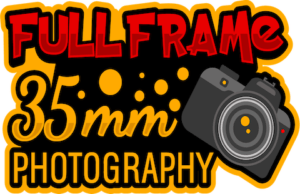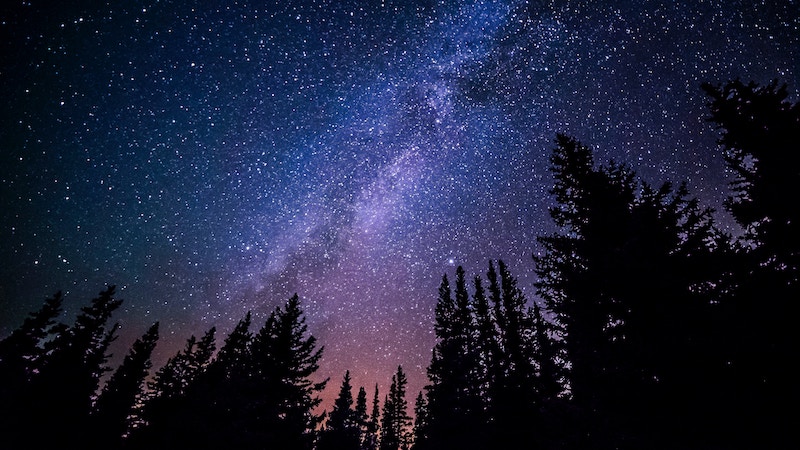When you click the shutter button on a camera, you are essentially allowing outside light to hit your camera’s sensor. Common shutter speed is 1/60 of a second, which is a pretty short amount of time when you think about it.
Some photographers will take photos at a speed of 1/500 or faster. When shooting something like high action sports, you want a particularly fast shutter speed.
This is because as your shutter speed gets slower, more light will be allowed in and anything that is moving across the frame (like a person or ball) will look blurred.
That being said, there are several reasons why one would want to use
Why Use Long Exposure?
Long exposure photography is particularly well suited for low-light scenarios. When shooting at night, this method can help you achieve beautiful images of both landscapes and starscapes.
It is exactly how NASA gets its breathtaking images. Because long exposure allows your camera’s sensor to capture light for a long period of time, non-moving objects will come out exceptionally sharp.
Moving objects, on the other hand, will give your photograph interesting blurred lines. Meteor showers and night-time traffic are common subjects for long exposure photography.
Thanks to its stunning results, long exposure photography is becoming increasingly popular. Heck, even iPhone apps now offer long exposure.
What You Need
There are several items and accessories needed to help you achieve high-quality long exposure shots. Let’s look at some of the most common ones below.
Manual Exposure Camera
First, you will need a camera that will allow for manual exposure control. Most digital cameras nowadays give the user at least some level of control over the shutter speed, aperture, and ISO.
A
Tripod
When you are performing long exposure photography, the camera needs to be absolutely still. Because of how long the shutter is open, the camera is especially sensitive to any sort of movement.
Although you may be trying to achieve blurred objects within the frame, if you move the camera, then the entire image will become blurred. Be sure to use a strong and sturdy tripod. You need to keep your camera perfectly still while the sensor is exposed.
ND (Neutral Density) Filter
A more optional camera accessory, neutral density filters are designed to cut the amount of light that your sensor is exposed to.
When shooting in bright light, you normally have to raise your camera’s f stop, so you don’t overexpose the image. By using an ND filter, you can keep your f stop low. This allows you to maintain a shallow depth of field while being properly exposed.
Long Exposure Tips
Now that we have a better understanding of what long exposure is and what we need to achieve its desired effects, let’s take a look at how we can make the most of this camera technique. First off, you should consider shooting in RAW.
Why Shoot in RAW?
When you shoot a photo in RAW, the sensor data for that photo is preserved in the file. The camera doesn’t apply any sort of processing algorithms or effects to the image so you will have as much data as possible.
When you shoot something like a JPEG photo, the camera’s processing algorithm is applied to that photo. Any data that the algorithm didn’t use is discarded.
As powerful as your digital camera is, your computer is most likely more powerful. It is almost always worth it to capture as much data as possible and then process the image to your liking later.
Long exposure photography also leaves your sensor exposed to capture things that may be undesirable to you. Capturing images in RAW allows you to better work with shadows, highlights, and colors so that you can achieve the look that you want.
Connect a Wireless Remote
If you are worried about accidentally moving your camera, consider using a wireless remote. A wireless remote connects to your camera and allows you to activate the shutter without having to touch the camera itself
Understand the Ins and Outs of Exposure
The process of taking a long exposure photograph can be a long and intensive task. Because of this, you want to make sure that you are as prepared as you can possibly be so that you can get the best possible image.
Before going out and shooting, make sure that you have a thorough understanding of exposure, how it works, and how you can manipulate it. Your shutter speed, ISO, and aperture all work together to give you an image.
Because keeping a long shutter speed is your priority, you have to know how to compensate with ISO and aperture. There are also many apps out there that can help you calculate exposure as well. Using a light meter can also be a helpful tool, although those can become quite pricey.
Have Fun with Long Exposure
Long exposure photography is all about slowing down and having fun with your image. It allows you to create something interesting and unique.
If you are worried about how good you may be at it, just go ahead and practice. That’s really the only way to get better, especially in the field of photography.
Interested in learning more about cameras and photography? Continue visiting Full Frame 35mm Photography for more information filled articles!


